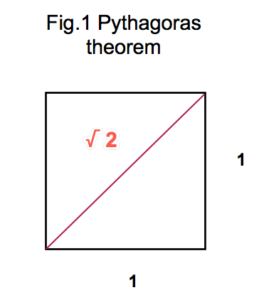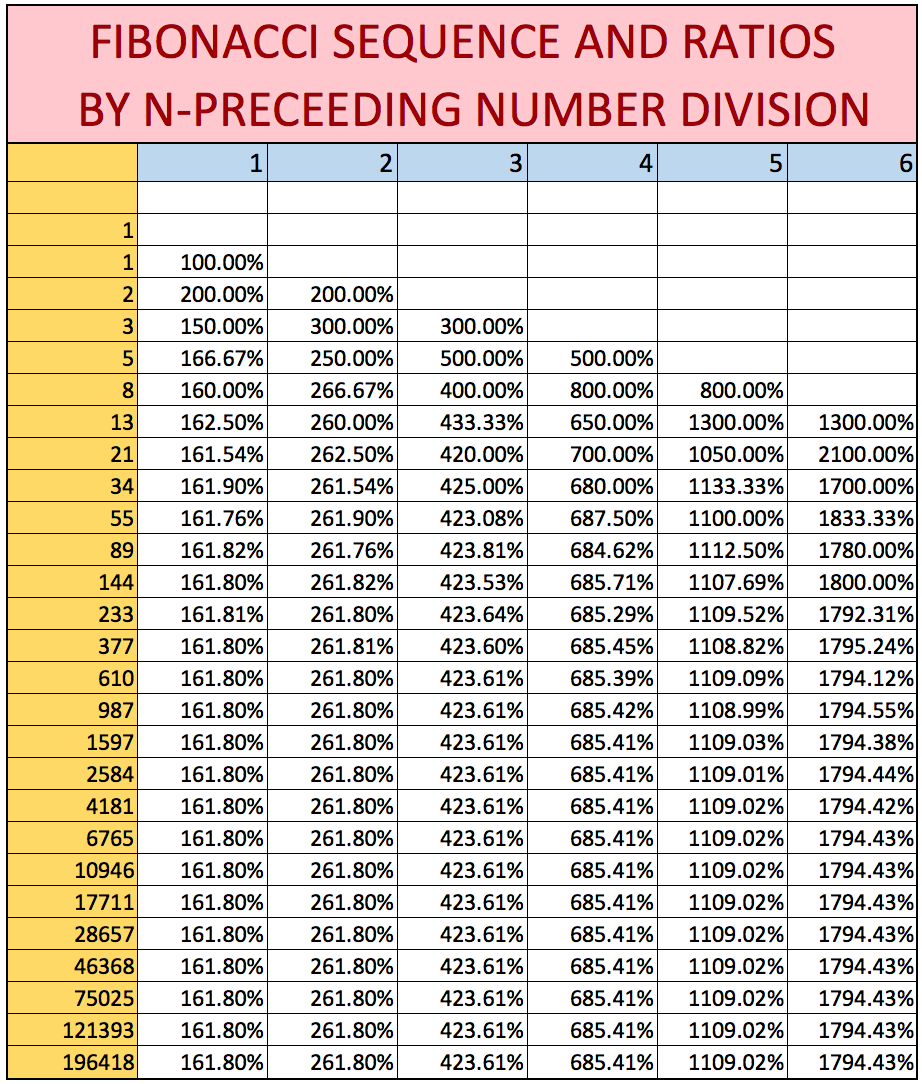Background
Traders use the Elliott wave as a developing price map, on which they try to guess the most probable future path. Sometimes the trader waits for some unfinished wave to end, to pull the trigger or take profits. When this occurs, he or she uses Fibonacci ratios to forecast a price level for that event.
On The Case for Modification of R.N. Elliott’s Impulsive Wave Structure, Ian Copsey states that harmonic ratios derived from the square root of two are also a very helpful tool.
My personal belief is that those ratios are, in reality, artefacts product of the random nature of the trading activity. In the age of computers and Big Data, a statistical study about retracements might reveal much more precise information. Even better, a computer study might show the most likely retracement levels as a function of the latest N-retracements. That kind of information would take into account the recent volatility changes.
Nonetheless, Fibonacci and Sqrt-2 ratios may serve as an approximation to forecast retracements or extensions when a better information is unavailable.
Fibonacci
Leonardo Pisano Bogollo (1170-1250), known as Leonardo Fibonacci, was an Italian mathematician and traveller. Leonardo studied and brought the Indo-Arabic numerical system to Europe. This numerical system, on which the absolute value of a digit is established by its position, made possible the mathematical and scientific revolution in Europe.
In his Liber Abaci (1202) Fibonacci introduced the arithmetic systems he learned from the merchants who worked on the Mediterranean coast. He called them modus Indorum (The way of the Indians). The book made a case for 0-9 digits and place value. Additionally, it included examples of how to use it in business to calculate interest rates, money-changing, and other applications.
The Fibonacci Sequence
The book discusses irrational numbers, prime numbers, and the Fibonacci series, as a solution to the problem of the growth of a population of rabbits.
The Fibonacci sequence starts with two ones: 1,1. The following numbers in the series are calculated as the sum of the preceding two numbers. He carried the calculation up to 377, but he didn’t discuss the golden ratio as the limit ratio of consecutive numbers in the sequence.
Below, Table 1 shows in yellow the first 27 Fibonacci numbers. The other columns, from 1 to 6 shows the results of the n-following divisions, as a percentage. That is the result of dividing the Fibonacci number by the next one, two apart, three apart etc.
The last row shows the stabilized ratios generated:
![]()
Table 2 shows the ratios of the n-preceding division as a percentage:
As with the preceding table, the last row shows the stabilized ratios generated:
![]()
Other derived ratios
Two more sets of ratios are obtained by multiplication and division of the N-following ratios:
As we can observe, except for ratios smaller than 5% and the 100% ratio, all of them are already present in the original series.
The square root of two
The square root of two is the first known irrational number. One issue that raised heated passions in ancient Greece, that ended with a crime. At a date around 520 BC, a man called Hippasus of Metapontum was dropped from a boat into open waters to die. The man’s crime was revealing to the world a “dirty” mathematical secret. The secret of the relation between the sides of the square triangle with length 1, and its hypotenuse.
According to the well known Pythagoras theorem, the sum of the squares of the sides a rectangle is equal to the hypotenuse squared.
 For unity sides:
For unity sides:
12+12= 2
therefore the hypotenuse length is the square root of 2.
The square root of two including its four decimal places is 1.4142
Ian Copsey explains that he also has found two derivations of this ratio usually happening: 41.4% and it complementary 58.6%, being 100-41.4%.
Take your trading to the next level with our 14 Day, No Obligation, Free Trial. You will soon discover why we are trading’s best-kept secret. We are successfully building the world’s largest group of profitable traders and would like you to be part of it.
You can join for as little as $19.99 per month, no contract, cancel anytime. Just one profitable trade month covers this amount, the rest is pure profit. You will benefit from unparalleled access to our professional traders, our transparent trading performance, our LiveTradeRooms and access to the most comprehensive trading education on the market. What have you got to lose? JUST CLICK HERE TO GET STARTED NOW and see how real money is made!





